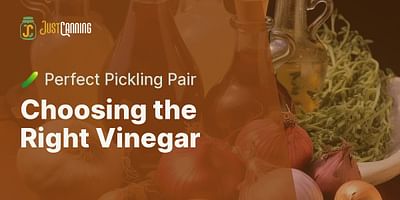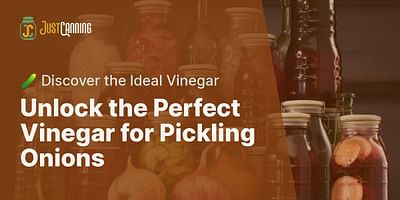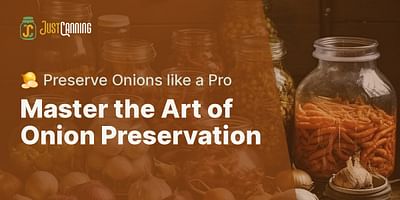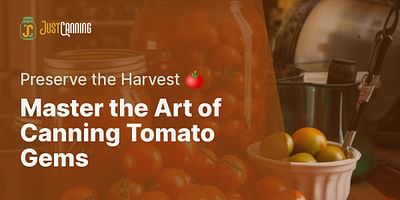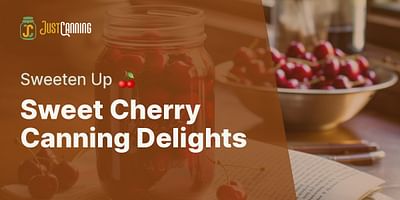Paul Sullivan is a mechanical engineer who has a fascination with canning machines. He enjoys writing about the technical aspects of canning and loves to demystify the process for beginners.
When it comes to canning alternatives to onions, there's a wide array of possibilities. Some popular options include cucumbers, carrots, beets, and even fruits like pears and cherries. These can be pickled using traditional pickling methods or low-acid canning methods.
Diversify Your Canning: Top Substitutes for Pickled Onions
Let's dive into some of the most popular alternatives to pickled onions, perfect for those seeking variety in their canning recipes.
🥒 Cucumbers: The Classic Pickling Companion
Cucumbers are a classic choice for pickling. They have a neutral taste that takes on the flavor of the pickling solution, making them a versatile option for many dishes. Plus, they're perfect for beginners due to their simplicity.
🥕 Carrots: A Sweet and Crunchy Pickling Alternative
Carrots, with their sweet and earthy flavor, make a delicious pickling option. They maintain their crunchy texture even after the pickling process, making them a great addition to salads or as a side dish.
🍠 Beets: A Tangy Twist to Your Pickling Adventure
Beets are another excellent alternative. Their natural sweetness pairs well with the tangy pickling solution, and their vibrant color adds a pop to any meal.
🍐 Fruits: A Sweet and Tangy Pickling Surprise
Don't limit yourself to vegetables. Fruits like pears and cherries can also be pickled, resulting in a sweet and tangy treat that's perfect as a dessert or a unique side dish.
Pickling Alternatives: Comparing Time, Flavor, and Use
Remember, these are just a few alternatives. There's a world of fruits and vegetables out there ready to be pickled!
Get Creative: DIY Solutions for Pickling Without Onions
If you're interested in DIY pickling alternatives, you can experiment with different pickling solutions. Traditional vinegar can be swapped with lemon or lime juice for a citrusy tang, or try a mixture of water, salt, and sugar for a more subtle flavor.
Learn more about 🍊 DIY Citrusy Pickling Solution Recipe 🥒 or discover other Just Canning recipes.
Experimenting with pickling solutions and ingredients is part of the fun of canning. So, don't be afraid to get creative and try new things!
Exploring Low-Acid Canning: A Safer Approach to Preserving Foods
Low-acid canning is another method to consider when looking for alternatives to pickled onions. This method is suitable for vegetables and meats with a pH level above 4.6, such as green beans, carrots, and beef. It's a more complex process than traditional pickling, but it opens up a whole new range of possibilities.
Let's delve into the process of low-acid canning, a method perfect for preserving a variety of foods, from vegetables to meats. Here's a step-by-step guide to help you get started.
Learn more about 🥫 Mastering Low-Acid Canning: A Step-by-Step Guide 🥫 or discover other Just Canning guides.
Low-acid canning may seem intimidating at first, but with practice, you'll find it's a great way to preserve a wide variety of foods. Happy canning!
Whether you're an experienced canner or a beginner, exploring alternatives to pickled onions can add variety to your meals and fun to your canning process. Happy canning!
As we've explored the various alternatives to pickled onions, you may have some questions. Here are some frequently asked questions and their answers.
We hope these FAQs have answered your queries about alternatives to pickled onions. Remember, the world of canning is vast and varied, so don't be afraid to experiment and try new things!


 1 cup of water
1 cup of water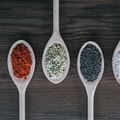 2 tablespoons of salt
2 tablespoons of salt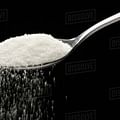 1 tablespoon of sugar
1 tablespoon of sugar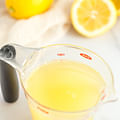 1 cup of fresh lemon or lime juice
1 cup of fresh lemon or lime juice








